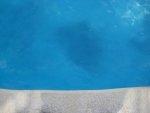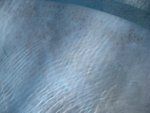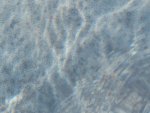- Nov 13, 2009
- 97
Hi guys I have a marcite pool that was painted and it was green.
I shocked it clean and sparkling but now there are some grey areas on the bottom of the pool. I tested some on the steps by rubbing my hand over it and it was coming off. I assume it's left over algae which will be killed off over time. however the owners don't like it and I would like to get rid of it a.s.a.p.
I tried brushing which I don't like doing to a painted pool but that didn't help. A steal bristle brush would probably work but then would definitely take paint off.
any suggestions? maybe chemical?
thanks.
I shocked it clean and sparkling but now there are some grey areas on the bottom of the pool. I tested some on the steps by rubbing my hand over it and it was coming off. I assume it's left over algae which will be killed off over time. however the owners don't like it and I would like to get rid of it a.s.a.p.
I tried brushing which I don't like doing to a painted pool but that didn't help. A steal bristle brush would probably work but then would definitely take paint off.
any suggestions? maybe chemical?
thanks.







